1. What is EMC (Electromagnetic Compatibility)?
Electromagnetic Compatibility (EMC) is the ability of an electronic device to exist in an electromagnetic environment without causing interference to or being interfered with by other electronic devices within that environment.
EMC testing is typically broken down into two categories:
- Emissions – Electromagnetic disturbances emanating from an electronic device that may cause interference/malfunction to another electronic device in the same environment. Also known as Electromagnetic Interference (EMI).
- Immunity/Susceptibility – Immunity is the ability of an electronic device to function normally in an electromagnetic environment without experiencing interference/malfunction due to the emissions emanating from another electronic device. Susceptibility is basically the opposite of immunity, in that the less a device is immune to electromagnetic interference, the more susceptible it is.
Electromagnetic disturbances caused by the device or system pose threats to human health and environment. Thus, in many countries, Electromagnetic Compatibility test is mandatory. Therefore, all the wireless and communications products on the market are required to demonstrate safety through electromagnetic wave tests.
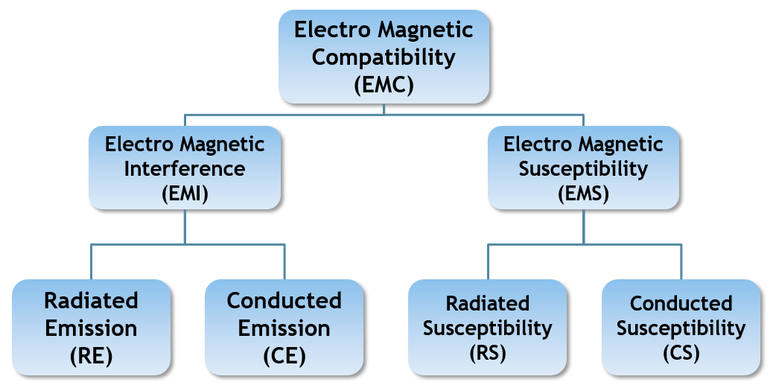
2. Why is EMC testing necessary and you should test EMC early?
EMC testing helps minimize the possibility that radiated or conducted emission produced by your device will interfere with other electronics products in its vicinity. EMC testing helps to ensure that any emission from the device is below the relevant limits defined for that type of device.
A third-party EMC test lab can conduct conformity assessments and help to strengthen your competitive position in the market. EMC testing simulates the interaction between electrical and electronic equipment. The testing permits the observation of any adverse interaction. Dt&C Vina provides comprehensive global EMC testing and certification services within regulatory requirements for a wide range of product categories (Automotive, Telecom, Component, ICT, Lighting, Household, etc).
There are many reasons why EMC testing is left to the end in a project. One of the perceived difficulties of carrying out this type of testing is shortage of specialist labs with all the required equipment and staff to carry out EMC testing. Additionally, there is the cost element. Making changes to your design as you near production is very much expensive than doing so earlier in the process and the cost of early screening tests is significantly lower than that of complete EMC certification testing. The earlier you find problems, the cheaper they are to fix.
3. Main Standards
Test scope:
| Information and Communication Technology Equipment (IT, AV...) | QCVN 118 CISPR 32 / CISPR 35 EN 55032 / EN 55035 KS C 9832 / KS C 9835 FCC Part 15 subpart B |
| Home appliances equipment | TCVN 7492-1 CISPR 14-1 / CISPR 14-2 EN 55014-1 / EN 55014-2 KS C 9814-1 / KS C 9814-2 FCC Part 15 subpart B |
| Lighting equipment | TCVN 7186 CISPR 15 / IEC 61547 EN 55015 / EN 61547 KS C 9815 / KS C 9547 FCC Part 15 subpart B |
| Wireless equipment | QCVN 18, QCVN 103, QCVN 112, QCVN 114, QCVN 119 ETSI EN 301 489-1, ETSI EN 301 489-3, ETSI EN 301 489-17, ETSI EN 301 489-52 KS X 3124, KS X 3126, KS X 3125, KS X 3129 |
| Other equipment | Contact us. |
4. Main equipments
| Facilities | Contents | Specification |
| 10m Full size Chamber
| Radiated Emission Test (RE) | CISPR 16-2-3 9 KHz – 40 GHz Turn table: 1.5m, 1ton 1Ø, 50~60Hz, 100~240V Max 30A |
| EMI Shield room #1
| Conduction Emission Test (CE) | CISPR 16-2-1 9 KHz – 30 MHz 1Ø, 50~60Hz, 100~240V, Max 16A |
| Disturbance power Test (DP) | CISPR 16-2-2 30 MHz – 300 MHz 1Ø, 50~60Hz, 100~240V, Max 16A | |
| Discontinuous Disturbances Test (CLICK) | CISPR 16-2-1 9 kHz, 150 kHz, 5 MHz, 30 MHz 1Ø, 50~60Hz, 100~240V, Max 16A | |
| Flicker Test / Harmonic Test | IEC 61000-3-2 / IEC 61000-3-3 1Ø, 50~60Hz, 100~240V, Max 16A | |
| EMI Shield room #2
| Large-Loop Antenna Test (LLA) | CISPR 16-2-3 9 KHz – 30 MHz 1Ø, 50~60Hz, 100~240V, Max 30A |
| EMS Shield room #1
| Electrostatic discharge immunity Test (ESD) | IEC 61000-4-2 Max ±30 Kv 1Ø, 50~60Hz, 100~240V, Max 30A |
| EMS test area
| Conducted Immunity/Susceptibility(CS) | IEC 61000-4-6 150 kHz ~ 230 MHz, AM 80%, Max Level 10V Ø, 50~60Hz, 100~240V, Max 16A |
| Electrical fast transient/burst immunity Test (EFT) | IEC 61000-4-4 Power line Max ±5 kV, analogue/digital data line Max ±5 kV 1Ø, 50~60Hz, 100~240V, Max 16A | |
| Surge Test | IEC 61000-4-5 1.2/50 ㎲(2 ohm), 8/20 ㎲(12 ohm) : Max ±7 kV, 10/700 ㎲ : Max ±4 kV 1Ø, 50~60Hz, 100~240V, Max 16A | |
| Voltage dips, short interruptions and voltage variations immunity Tests | IEC 61000-4-11 0 ~ 100 % 1Ø, 50~60Hz, 100~240V, Max 16A | |
| Power frequency magnetic field immunity Test | IEC 61000-4-5 1 ~ 30 A/m 1Ø, 50~60Hz, 100~240V, Max 60A | |
| EMS Chamber
| Radiated Immunity/Susceptibility(RS) | IEC 61000-4-5 80 MHz ~ 6 GHz, AM 80%, Max Level 10 V/m 1Ø, 50~60Hz, 100~240V, Max 30A |
5. Certification Marks Supportable
| Country / Certification name | ||||
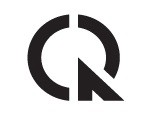 |  |  |  |  |
| Vietnam / CR | Korea / KC | China / CCC | Japan / PSE | USA / FCC |
 |  | 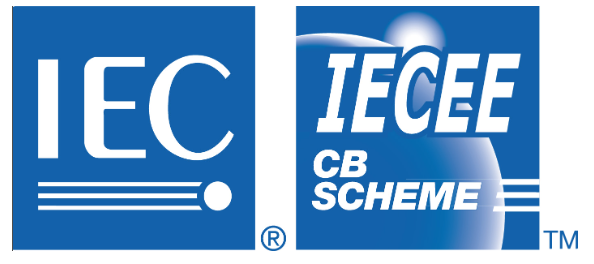 | ||
| Canada | EU / CE | CB Testing | ||
IECEE-CB (IEC system of Conformity Assessment Schemes for Electrotechnical Equipment and Components)
IECEE/CB Scheme is an international mutual accreditation system that can acquire national certification without duplicate testing through coordination between national and international standards for the safety and electromagnetic wave of electrical and electronic products.
The IECEE/CB system enables the processing of various countries, safety standards, conformity marks, etc. in a single test procedure.
Target Items:
- Electrical/electronic equipment, information office equipment, batteries, lighting equipment, measuring equipment, switches, isolation transformers, parts and capacitors are designated as target items.
Related organizations:
- IEC System of Conformity Assessment Schemes for Electrotechnical Equipment and Components.
CE (Communaut 'Europeen)
The CE mark means that it satisfies all the requirements of European standards related to product safety, health, environment and consumer protection, that is, the EU Council Directive. should be attached The CE mark does not mean a guarantee of quality, but a means of confirming that basic safety conditions (essential requirements) are satisfied.
Target items:
- LVD (Low Voltage Directive): AC 50V-1000V / DC 75V – 1500V Safety certification for applicable electrical devices EMCD (Electromagnetic Compatibility Directive): electromagnetic certification for all electronic equipment RED (Radio Equipment Directive): For wireless and communication equipment Certification for RoHS : Almost all electrical and electronic devices such as electrical and electronic devices, medical devices, monitoring and control devices, etc. based on restricted substances and maximum allowable concentration Other : Almost all products sold in the EU (vehicles, toys, medical devices, machinery, pressure vessel, etc.) must be certified according to the respective guidelines.
- Related organizations: European Union/European Commission.
PSE (Product Safety Electrical appliances & Material)
The PSE mark system, a safety certification for electrical appliances in Japan, is a new form of the Electrical Appliances Safety Act (DENAN Law), which is a revised version of the Electrical Appliance Control Act (Dentori Mark, T-Mark), which has been applied to electrical and electronic products in Japan. It is a certification system. It is a certification under the jurisdiction of the government like Korea's Electrical Appliance Safety Certification (KC MARK), and customs clearance and sales in Japan are prohibited before certification is obtained. PSE is divided into two fields: specific electrical appliances and other electrical appliances.
Target items
- Specific electrical products: 116 items such as wires, fuses, wiring devices, electric heating devices, and electrotherapy devices
- Other electrical appliances: 341 items such as electric heating equipment, electric power applied mechanical equipment, light source and light source applied equipment, electronic applied mechanical equipment, etc.
- Related organizations: Ministry of Economy Trade and Industry
KC Assessment
The broadcasting and communication equipment conformity asseament system has been implemented according to Ariticle 58-2 of the Radio Waves Act It is divided into the certification of conformity, registration of compatibility, and interim of conformity. A party intending to manufacture, sell or import broadcasting and communication equipment must have one of those three certifications. A complete overhaul of the certification system is needed in accordance with the increase in the use of various convergence devices and the demand for the introduction of an equal-level conformity evaluation system when negotiating FTAs with major trading partners.
Conformity Assessment Classification
- Certification of Conformity: In order to manufacture, import, or sell broadcasting and communications devices under Article 58 of the Radio Act, it is a compulsory certification system that requires the product to be certified and distributed by attaching a mark to the product.
- Registration of Compatibility: Compliance registration is a compulsory certification system for manufacturing, importing, or selling broadcasting and communicating devices in accordance with Article 33 of the Korea Communications Certification Rules to minimize human and property damage caused by electrical and electronic devices.
- Interim of Conformity: If there are no standards for conformity assessment of broadcasting and communication equipment, or if it is difficult to evaluate conformity due to other reasons, it is a system that manufactures, imports, and sells equipment by attaching regional, expiration, and certification conditions.
CCC (China Compulsory Certification)
The IECEE/CB Scheme is an international mutual recognition system that enables the safety of electrical and electronic products and coordination between national and international standards to obtain national certification without redundant testing. The IECEE/CB scheme allows various countries, safety standards, conformity marks, etc. to be treated as a single test procedure.
Applied Equipment
- Electrical/electronic devices, information office equipment, batteries, lighting devices, instruments, switches, insulation transformers, parts and capacitors are designated as target items.
- Related Agency: Accredited Certification Agency by CNCA : CVC, COC. CTC, CEPRE, CGC etc.
FCC (Federal Communications Commission)
FCC certification is a U.S. radio communication standard and is a compulsory certification system.
The FCC has jurisdiction over private-sector communications and regulates disruptive electromagnetic waves (EMIs) from major electrical and electronic products for efficient use and management of radio resources, which are subject to strong federal telecommunications law. Therefore, obtaining FCC certification is essential to sell products in the United States, as it is impossible to land products in the United States without FCC certification of related products.
Applied Equipment
- Information equipment such as wireless devices, computers, peripherals, etc., wireless telephones, industrial/scientific/medical high-frequency devices, broadcasting receivers, equipment connected to PSTN (telephone, fax, modem, ADSL, etc.).
- Related Agency: Federal Communication Commission
IC (Industry Canada)
IC certification is controlled by Industry Canada (IC).
It is a compulsory certification system for telecommunication devices. IC is a Canadian telecommunication standard that oversees telecommunication standards as well as EM standards, and IC regulations are similar to FCCs in the United States as they are in Korea to protect life and property safety in radio waves and other communication environments. Most electrical/electronic devices, including telecommunication devices and PCs, must obtain IC approval to export to Canada.
Applied Equipment
- Type approved devices (1 boilers): wired devices, wireless devices
- Type-approved non-targeted equipment (2-type equipment): Equipment subject to electromagnetic wave testing
- Related Agency: Industry Canada




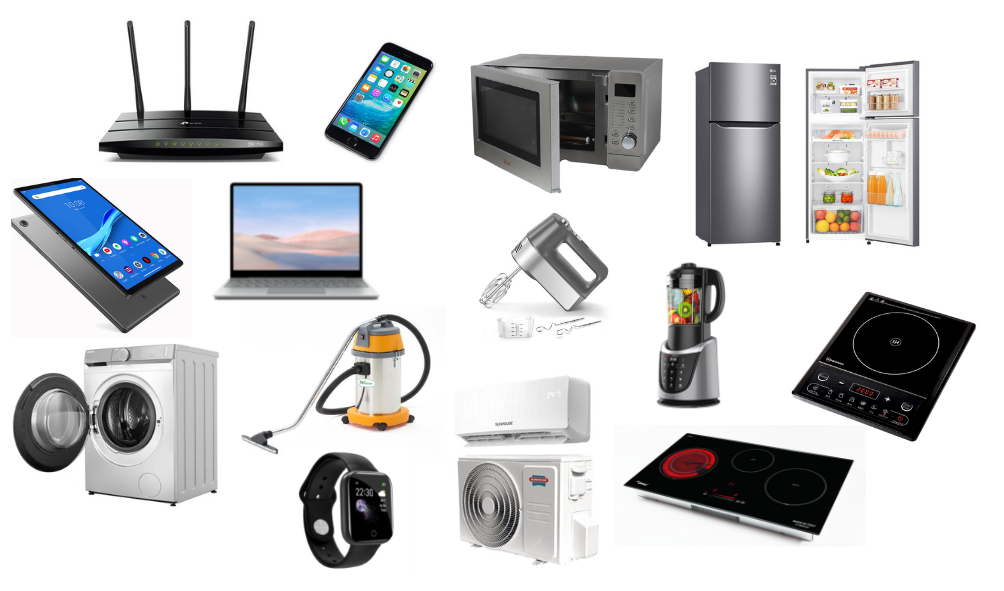

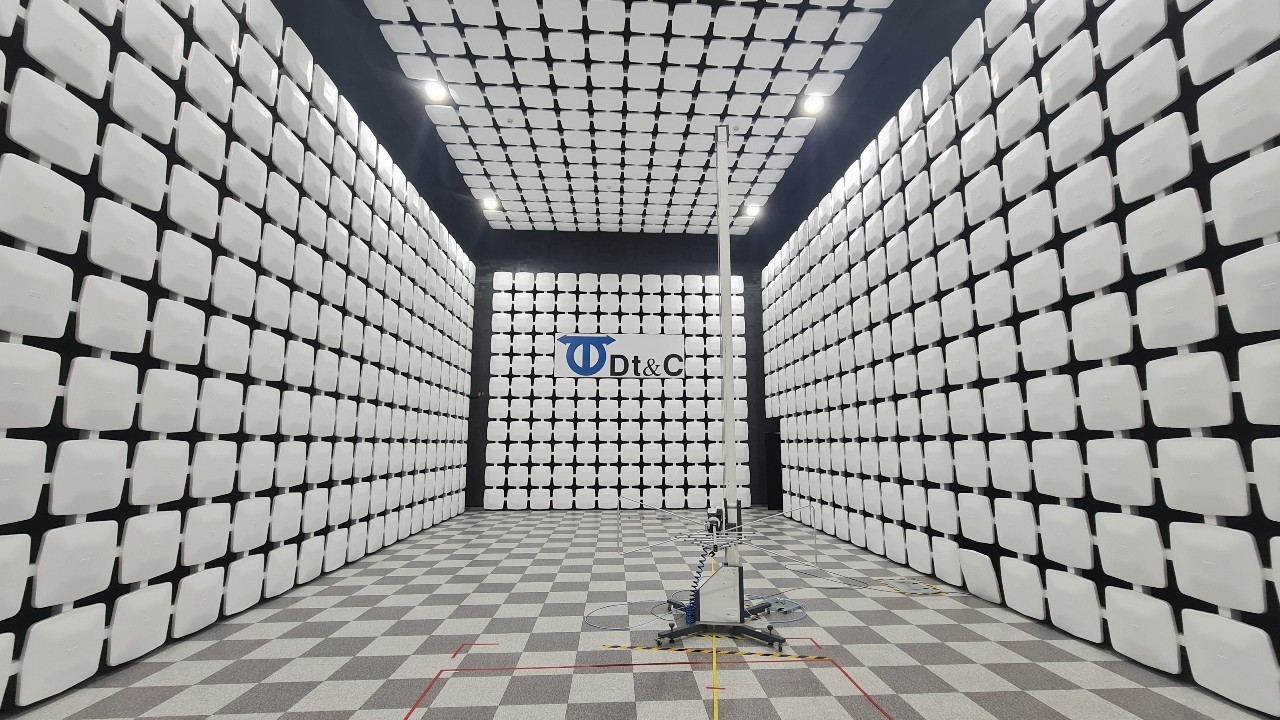
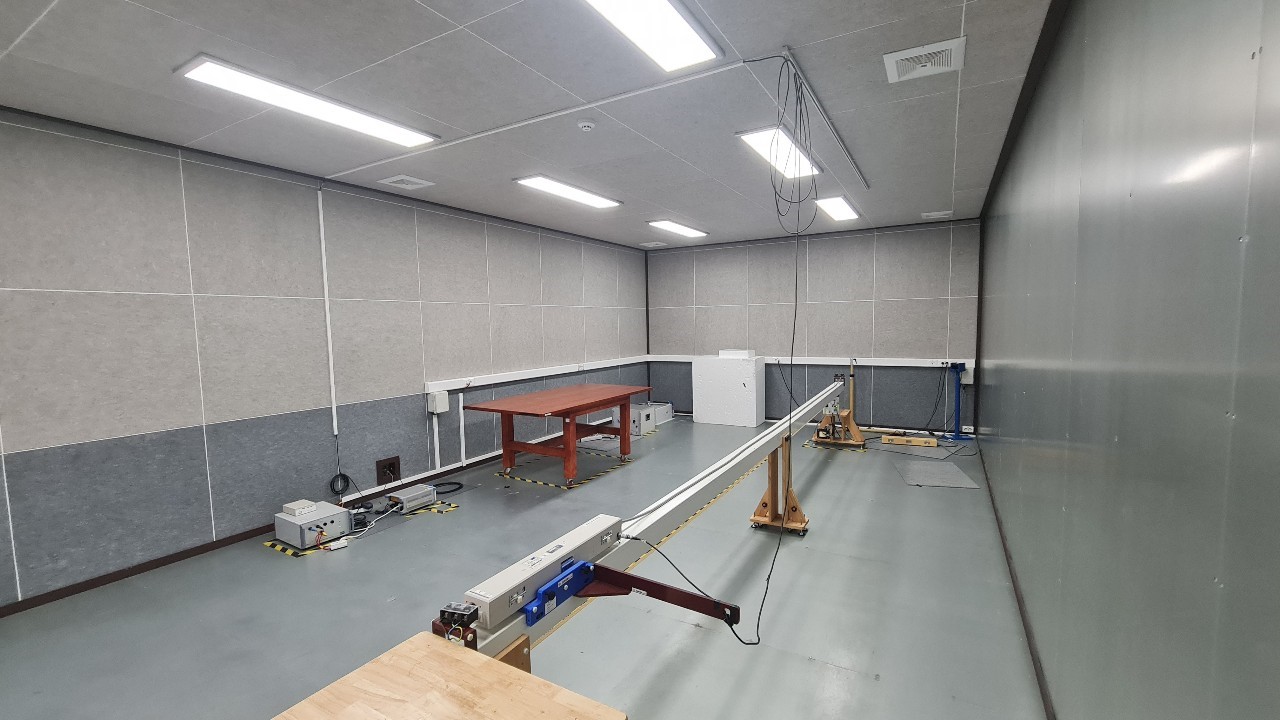
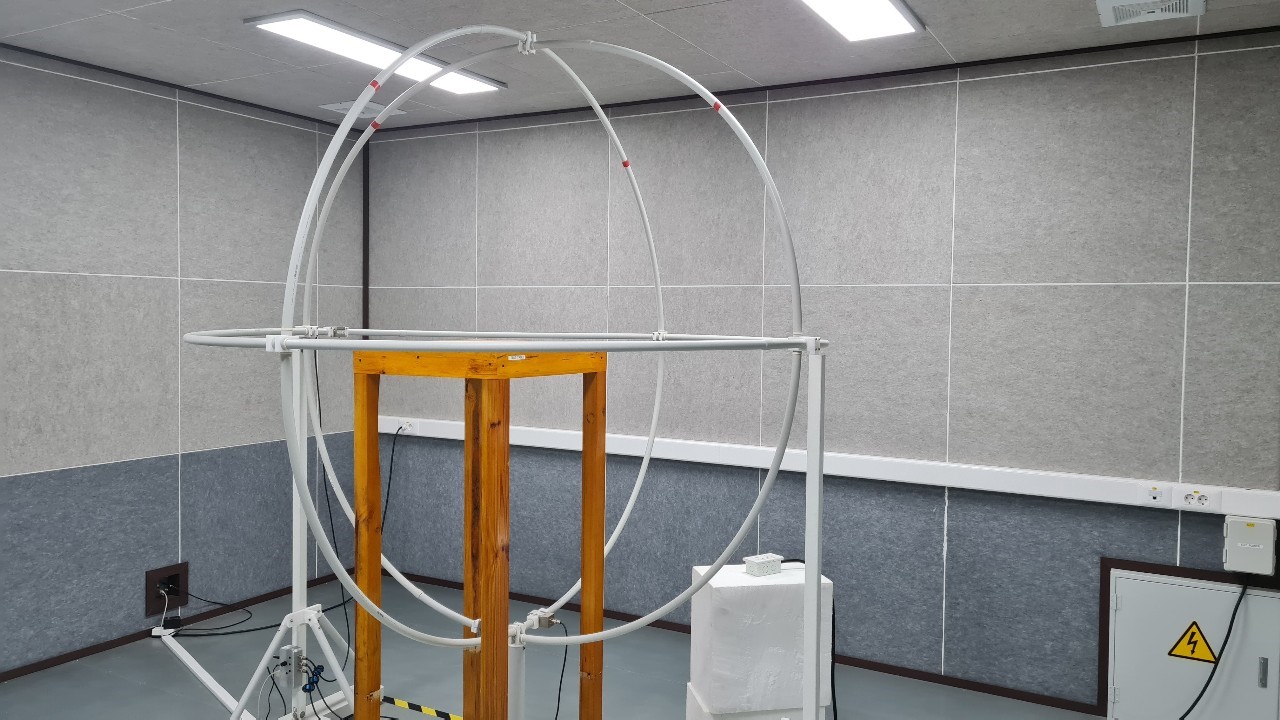
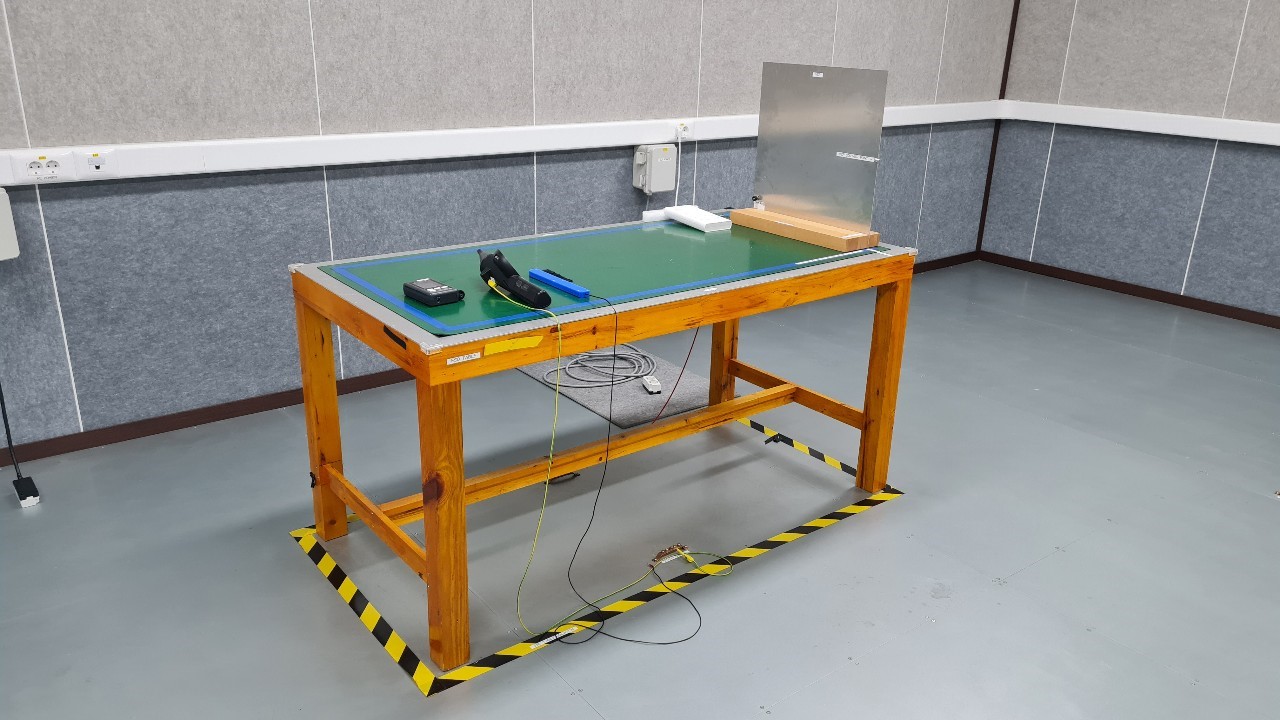
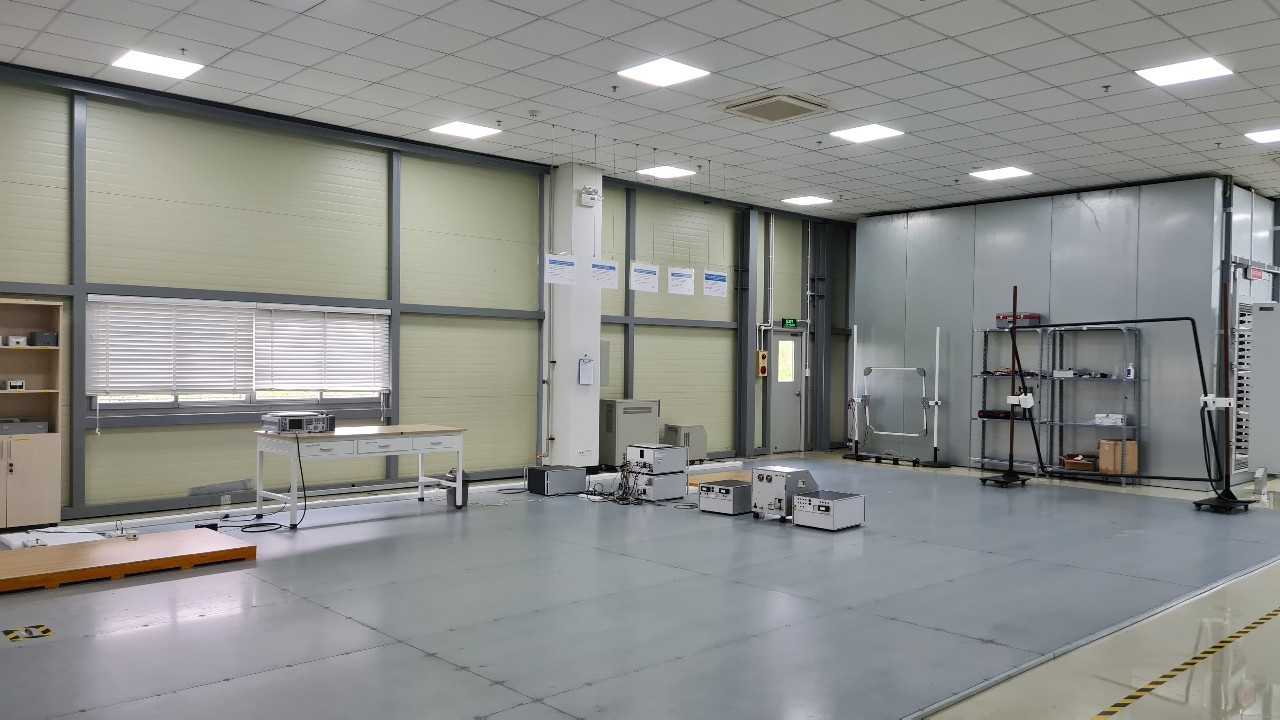
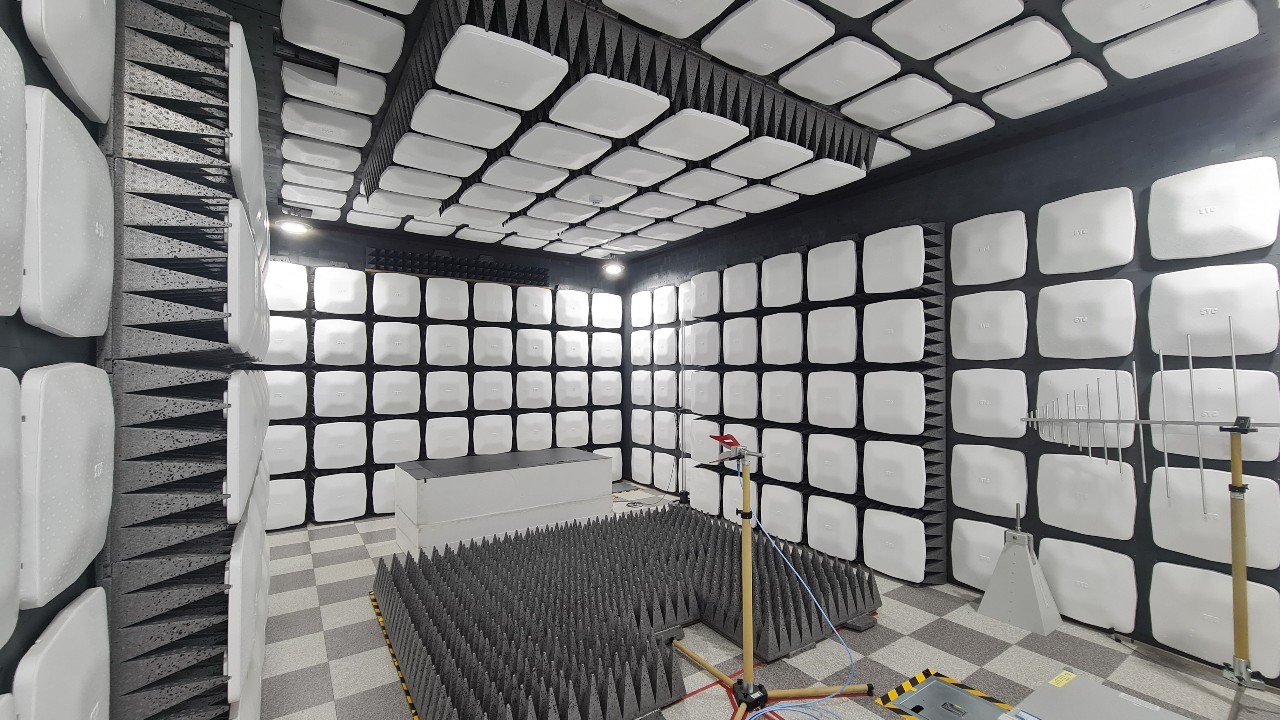

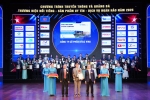
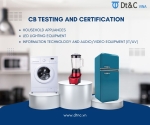
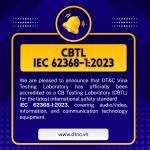

![[MIC] Officially issued QCVN 134:2024/BTTTT - National technical regulation on specific absorption levels for handheld and body-worn radio devices according to Circular 19/2024/TT-BTTTT of Ministry of Information and Communications](https://cdn0577.cdn4s.com/thumbs/qcvn-134_thumb_150.jpg)



![[Latest] Circular 02/2024/TT-BTTTT regulating the List of potentially unsafe products and goods under the management responsibility of the Ministry of Information and Communications](https://cdn0577.cdn4s.com/thumbs/trang-huy-hieu-the-loai-logo-2_thumb_150.jpg)